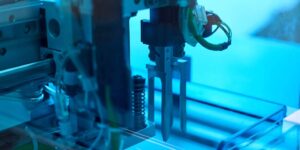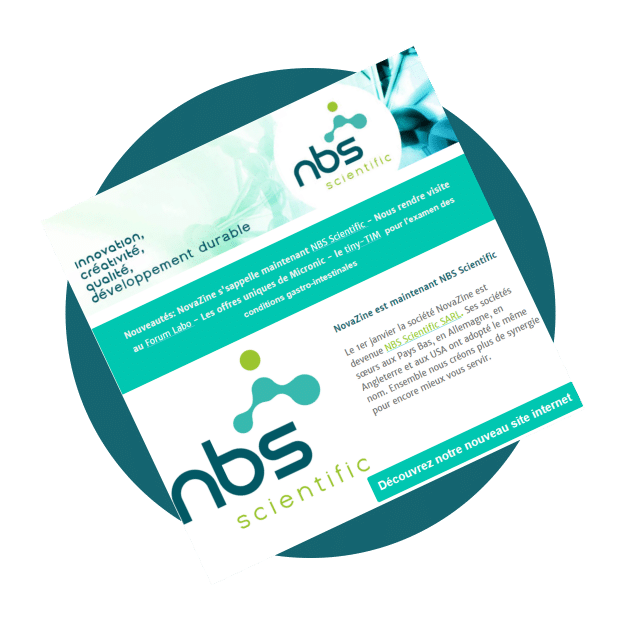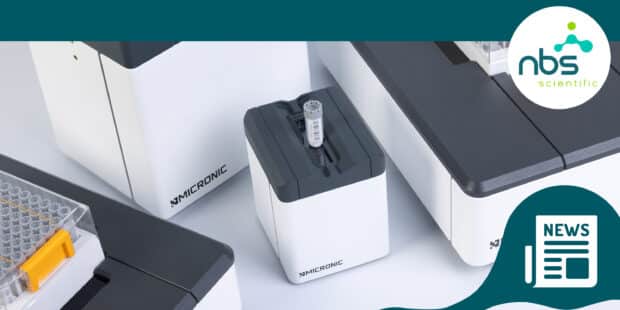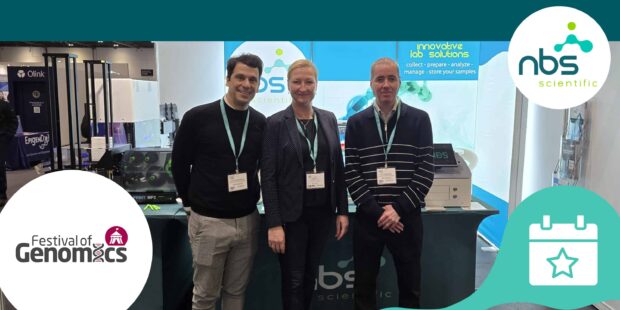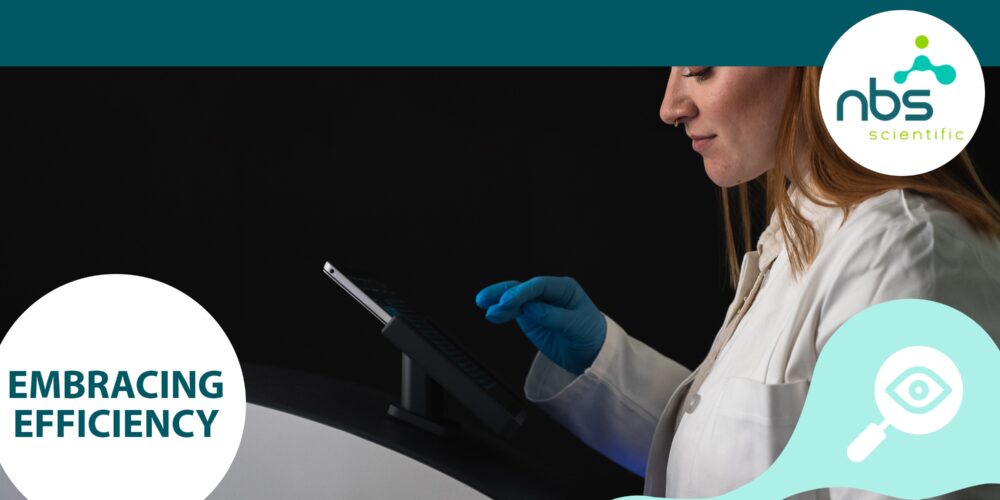
Embracing Efficiency: The ever-increasing role of laboratory automation
Within the life science industry, efficiency is paramount. While technology is constantly evolving, laboratories worldwide have to adapt to these rapid changes to optimize their processes. Streamlined processes not only enhance accuracy but also significantly improve overall results.
The trends and developments of automation play a huge part in this shift, revolutionizing the way research is conducted across various industries. In this blog we will be looking at the increasing role automation plays in labs and the enormous impact they have on results.
Why is automation important in labs?
Accuracy, precision, and speed: plain and simple. Automation guarantees accuracy by eliminating the possibility of human error, while performing tasks at a higher speed. For every lab, automation is an essential tool contributing significantly to advancements in research, clinical applications, and biotechnology.
The end of simple manual tasks
Gone are the days of tiring manual tasks. Manual pipetting, sample handling, conducting experiments, data entry, and cleaning are all tedious and labor-intensive tasks. What started as simple automation, has slowly developed into the game-changing benefits we utilize today.
From liquid handling systems and robotic arms to integrated cloud-based software, automation has eradicated the tedious tasks that kept researchers from their meaningful tasks. Workflows have been optimized and productivity has been maximized, all thanks to automation.
Unleashing the power of automation
At its core, automation is the fusion of science and technology. By combining smart intellectual properties and next-generation technologies, automation can perform tasks with unparalleled precision, accuracy, and speed.
Whether it is dispensing liquids at high speeds or orchestrating experiments through robotic arms, automation has truly changed the landscape of researchers. With more accurate results available and additional workflows at their service, laboratories are experiencing a revolution!
Streamlined workflows
One of the biggest advantages automation offers laboratories is the ability to streamline workflows. By automating routine tasks such as sample preparation, analyzing and processing data, operating complex machinery, and conducting experiments, researchers can spend significantly more time on important tasks and set their goals and boundaries even further than before.
However, automation doesn’t just automate these processes, they also find ways to improve these processes. Numerous next-generation automation can recognize points of improvement, helping researchers streamline their workflows.
Enhanced accuracy, reproducibility, and discovery
Precision is paramount for research. Automation doesn`t just grant precise results but also allows for constant reproducible results. At the end of the day, researchers are just human, and humans make mistakes. By reducing human error to a minimum, automation can increase lab accuracy. These accurate results can be replicated thanks to the smart technologies automation offers researchers.
With this increase in speed, accuracy, and the ability to reproduce these results, researchers can conclude their findings. This increase in speed at which experiments can be done and conclusions can be made, allows scientists to explore breakthroughs at an accelerated rate, faster than ever before.
Employee effectiveness and overall happiness
Another benefit of automation which is often overlooked, is the effect this has on the lab team.
Repetitive, mundane, and simple tasks all affect lab teams negatively. These tasks all require the utmost precision and cost the most time. By removing the chance of errors, researchers have more freedom and can spend more time on tasks that they find more enjoyable to do and are more important towards their goals.
A classic win-win situation!
A combination of cutting-edge technologies
Automation is more than just automated mechanics but is a combination of several cutting-edge technologies. Artificial intelligence, robotics, and smart learning are combined to create this technology. As technology constantly evolves, so too will the evolution of automation.
However, there are challenges
First and foremost, the costs are one of the main reasons automation isn`t available for everyone. This is an investment where the gains and costs should be considered.
Additionally, the possible complexity of integration and the need for specialized experts are factors that can hinder the integration and adoption of automation in your lab.
What does the future hold for automation?
In the present moment, the future of automation looks bright and promising. Continued advancements in robotics and AI will only further expand the possibilities of automation, making them more accessible to a variety of laboratories.
So, looking back
The ever-increasing role of automation shifts towards a more efficient, accurate, and productive landscape for researchers and lab managers. By leveraging and utilizing automation technologies, researchers can unlock new possibilities, accelerate discoveries, and tackle some of the most pressing challenges in life and science.
Embracing automation isn`t just about embracing efficiency, it is about embracing the future of laboratories and science, one experiment at a time.
